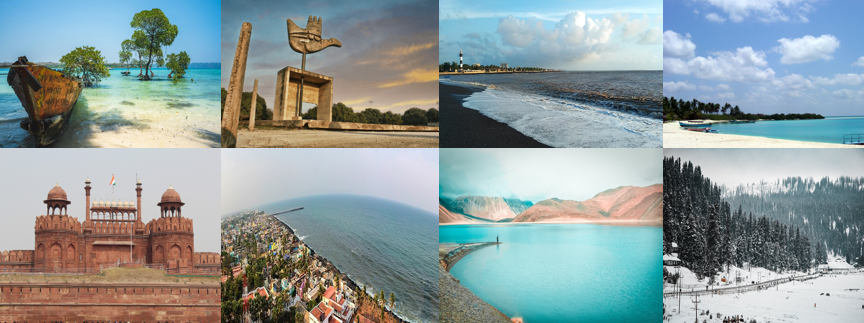Introduction:
Welcome to an exciting journey of discovery as we delve into the fascinating world of India’s Union Territories. From the snow-clad peaks of Ladakh to the coastal beauty of Andaman and Nicobar Islands, each territory offers a unique blend of culture, history, and natural wonders. Join us as we embark on the enlightening quest to learn about India’s Union Territories.”
Table of Contents
List of India’s Union Territories with Capitals:
India has a total of eight Union Territories, each with its unique characteristics and administrative significance. These Union Territories are distinct from states in terms of governance and autonomy. They are directly administered by the central government of India, with varying levels of legislative and executive powers delegated to them.
The number of Union Territories in India has changed over time due to administrative reorganizations and political developments. The list of all current Union Territories and their capitals are as follows:
1. Andaman and Nicobar Islands – Port Blair
2. Chandigarh – Chandigarh
3. Dadra and Nagar Haveli and Daman and Diu – Daman
4. Lakshadweep – Kavaratti
5. Delhi – New Delhi
6. Puducherry – Puducherry
7. Ladakh – Leh
8. Jammu and Kashmir – Srinagar (summer), Jammu (winter)
1. Andaman and Nicobar Islands: A Land Sculpted by Fire, Home to Unique Tribes
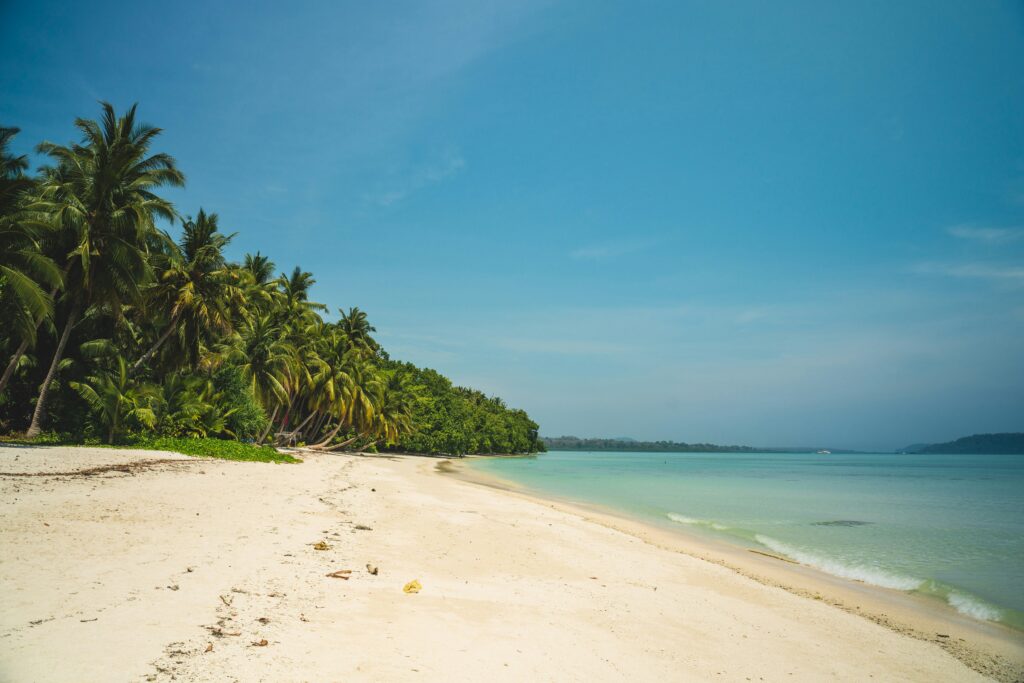
The Andaman and Nicobar Islands, a captivating archipelago gracing the Bay of Bengal, weave a story of fiery origins, vibrant cultures, and breathtaking natural beauty.
History of Formation:
Unlike most island chains rising serenely from the seafloor, the Andamans and Nicobars owe their existence to a dramatic dance of tectonic plates millions of years ago. A subduction zone, where one plate dives beneath another, unleashed a fiery spectacle. Volcanic eruptions spewed forth lava and ash, gradually building volcanic islands that eventually merged to form the Andamans. The Nicobars, on the other hand, are believed to be remnants of an ancient volcanic arc that collided with the Indian subcontinent. This fiery genesis continues to shape the islands, with recent tremors serving as a reminder of the powerful forces at play.
Capital City: Port Blair
Port Blair, a bustling city nestled on South Andaman Island, serves as the capital of this island territory. Originally established as a penal colony by the British in the 19th century, Port Blair has transformed into a vibrant hub. Today, it offers a glimpse into the islands’ colonial past with its well-preserved architecture. Bustling markets overflow with local crafts, and the city serves as the springboard for exploring the archipelago’s natural wonders.
Language:
The Andaman and Nicobar Islands boast a symphony of languages, reflecting the rich cultural tapestry woven by its inhabitants. Hindi serves as the official tongue for administrative purposes. However, the true essence lies in the indigenous languages. The Andamanese languages, spoken by the Sentinelese and Jarawa tribes, are linguistic enigmas. Believed to be part of an ancient language family with no known relatives, they hold the secrets of a bygone era. The Nicobarese languages, spoken by the indigenous Nicobarese people, belong to the Austroasiatic language family, hinting at connections with Southeast Asia. This unique blend of languages highlights the islands’ role as a historical crossroads.
Ethnicity:
The Andaman and Nicobar Islands are home to some of the last surviving indigenous communities who have chosen to live with minimal contact with the outside world. The Sentinelese people, residing on North Sentinel Island, are one of the most isolated tribes on the planet. Their fierce resistance to outsiders has garnered worldwide attention, underlining the importance of preserving their unique culture and way of life. The Jarawa people, inhabiting the Middle Andaman Islands, have had more limited contact but remain wary of outsiders. The Indian government strictly regulates access to these areas to ensure the well-being of these vulnerable communities.
Beyond these fascinating tribes, the islands boast a rich ethnic mosaic. Settlers from mainland India, Myanmar, and Southeast Asia add to the cultural vibrancy.
Interesting Facts About Andaman and Nicobar Islands:
1. Home to the First Sunrise of the Millennium: Not many places can claim this distinction! Due to its easternmost location in India, the first rays of the sun on the year 2000 were witnessed on Katchal Island in the Andamans.
2. The Last Active Volcano in India: Barren Island, located approximately 135 kilometers from Port Blair, is the only active volcano in the Indian subcontinent. This fiery giant has erupted numerous times throughout history, with the most recent activity occurring in 2020.
3. Nesting Paradise for Marine Giants: The Andaman and Nicobar Islands are a haven for marine turtles. Three species – the Hawksbill, Green turtle, and the world’s largest sea turtle, the Leatherback – find these islands ideal for nesting. The nesting population of Leatherback turtles in the Nicobar Islands is one of the few colonies exceeding 1,000 individuals in the Indo-Pacific region, making it globally significant.
4. Land of the Coconut Crab: While the name might be deceiving, the islands boast the largest land-dwelling arthropod on Earth – the coconut crab (Birgus latro). These formidable creatures, with a leg span reaching up to 3 feet, are known for their impressive strength and their ability to crack coconuts with their powerful claws.
2. Chandigarh: A Planned Paradise with a Rich Past

Chandigarh, a meticulously planned city nestled in the foothills of the Shivalik range, boasts a modern facade that belies a fascinating history.
History of Formation:
Partition in 1947 left both Punjab and Haryana without capitals, as Lahore became part of Pakistan. The need for a new, shared capital arose. Chandigarh, envisioned as a symbol of unity and planned by the renowned architect Le Corbusier, rose from the ground in the 1950s. Le Corbusier’s vision emphasized open spaces, modernist architecture, and a focus on functionality, resulting in a city praised for its aesthetics and urban planning.
Capital City (Shared): Chandigarh
Chandigarh holds a unique distinction – it serves as the capital of two Indian states: Punjab and Haryana. This dual role reflects the city’s origin as a solution born from partition. The administration for both states operates from the city, with separate secretariats but shared resources like the High Court. This co-existence presents a fascinating example of cooperation and shared governance.
Language:
Hindi, the national language of India, takes center stage in Chandigarh. However, the city’s diverse population injects a vibrant linguistic mix. Punjabi, the official language of Punjab, and Haryanvi, prevalent in Haryana, are widely spoken. Additionally, influences from other parts of India like Bengali and Tamil can be heard in the city’s bustling markets. This beautiful blend of languages reflects Chandigarh’s cosmopolitan character.
Ethnicity:
Chandigarh’s planned development attracted people from all over India, creating a rich tapestry of ethnicities. Punjabis, Haryanvis, and Bengalis form the core communities, each contributing their unique cultural practices and traditions. The city also boasts a sizeable Sikh population, with several prominent gurudwaras catering to their spiritual needs. This confluence of ethnicities fosters a vibrant cultural scene, evident in the city’s diverse festivals and cuisine.
Interesting Facts About Chandigarh:
1. City Beautiful: Chandigarh’s well-laid-out sectors, lush green parks, and modernist architecture have earned it the nickname “City Beautiful.” In 2016, it was ranked the cleanest city in India, a testament to its commitment to sustainable urban planning.
2. Open Hand Monument: The iconic Open Hand Monument, a symbol of peace and Chandigarh’s spirit of openness, is a popular landmark. Designed by Le Corbusier, it welcomes visitors at the city’s entrance, serving as a powerful visual representation of Chandigarh’s founding principles.
3. The Rock Garden: Nested amidst a natural rock formation, the Rock Garden is a marvel of creativity and perseverance. Nek Chand Saini, a government official, spent decades transforming waste materials like broken crockery and discarded tires into a sprawling open-air sculpture garden. Today, it’s a major tourist attraction and a testament to artistic vision.
4. The Curious Case of Sector 13: Chandigarh’s meticulous planning extends to its division into sectors, each with a designated purpose. Interestingly, the city grid seemingly skips a number – Sector 13 is conspicuously absent. There’s no official reason behind this omission, but some theories suggest it was due to superstitious beliefs surrounding the number 13 being unlucky. Another theory suggests that the gap was meant for future expansion needs. Regardless of the reason, the missing Sector 13 adds a touch of mystery to Chandigarh’s otherwise well-defined layout.
3. Dadra and Nagar Haveli and Daman and Diu: Enclaves Steeped in History
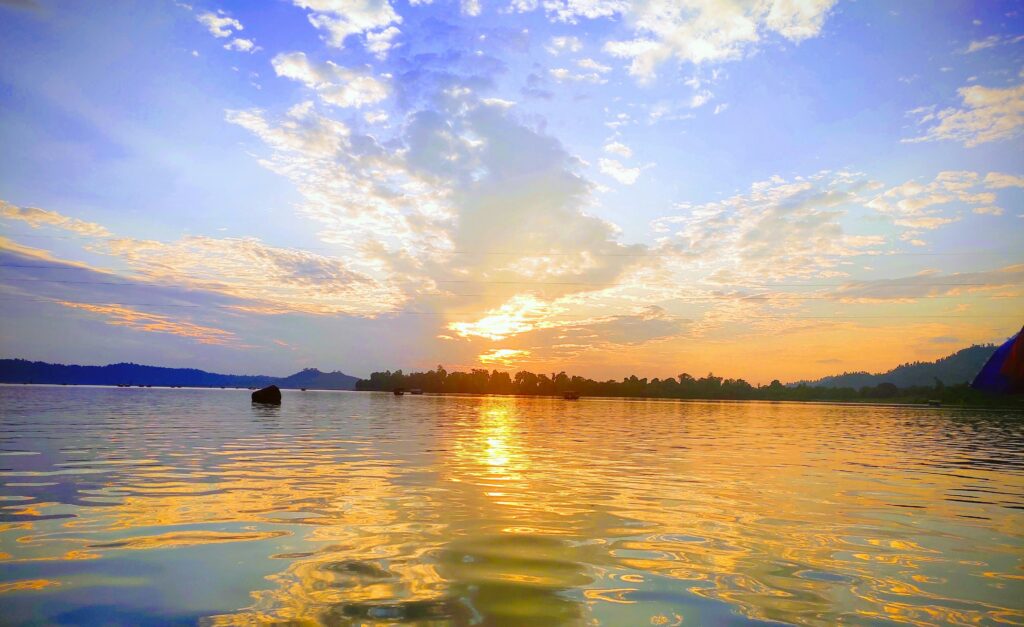
Dadra and Nagar Haveli and Daman and Diu, a combined union territory nestled on the western coast of India, boast a fascinating past marked by colonial influence and a recent merger.
History of Formation:
The territories of Dadra and Nagar Haveli and Daman and Diu share a history intertwined with Portuguese colonialism. Daman and Diu were captured by the Portuguese in the early 16th century and remained under their rule for over 400 years. Dadra and Nagar Haveli, though under Portuguese control, were geographically separated from Daman and Diu. In 1954, a peaceful uprising in Dadra and Nagar Haveli led to its liberation from Portuguese rule. Daman and Diu were annexed by India in 1961. These territories were initially governed separately until their official merger in 2020 to form the present-day union territory.
Capital City: Daman
Daman, a coastal town located in the southern part of Gujarat, serves as the joint capital of Dadra and Nagar Haveli and Daman and Diu. The Portuguese influence is evident in Daman’s architecture, with its colonial-era churches, forts, and promenades offering a glimpse into its past. Silvassa, the largest city in Dadra and Nagar Haveli, serves as the other administrative center.
Language:
Hindi serves as the official language of the union territory. However, the linguistic landscape is richer, reflecting the region’s diverse population. Marathi, spoken by a significant portion of the population, particularly in Daman, holds a prominent place. Additionally, Gujarati, the language of neighboring Gujarat state, and local dialects like Ahirani and Kacchi also contribute to the territory’s linguistic tapestry.
Ethnicity:
Dadra and Nagar Haveli and Daman and Diu boast a vibrant mix of ethnicities. Tribals like the Warlis and Kokna cultivate a rich cultural heritage in the region. Communities with Gujarati and Marathi ancestry form a significant part of the population. The legacy of Portuguese rule is also reflected in a small population with Portuguese ancestry, adding another layer to the territory’s cultural tapestry. This confluence of ethnicities fosters a spirit of tolerance and celebrates diversity through festivals and traditional practices.
Interesting Facts About Dadra and Nagar Haveli and Daman and Diu:
1. Smallest Union Territory: Dadra and Nagar Haveli and Daman and Diu holds the distinction of being the smallest union territory in India by area, spanning a mere 603 square kilometers. Despite its compact size, it packs a punch in terms of historical sites, natural beauty, and cultural experiences.
2. Wildlife Sanctuary Surprise: Nestled amidst the lush forests of Dadra and Nagar Haveli lies the enchanting Mole Sanctuary. This protected area provides a habitat for diverse wildlife species, including leopards, barking deer, and over 200 species of birds. The sanctuary offers a unique opportunity to witness the rich biodiversity hidden within this small union territory.
3. A Legacy of Shipbuilding: The town of Daman was once a renowned center for shipbuilding during the Portuguese era. The craftsmanship and maritime heritage are still celebrated in the town, with traditional boat-building techniques continuing to be practiced by skilled artisans.
4. Land of Tribal Art: The Warli tribe, inhabiting parts of Dadra and Nagar Haveli, is known for their vibrant and detailed Warli paintings. These geometric and narrative artworks depict scenes from their daily lives and mythology, offering a glimpse into their rich cultural heritage.
4. Lakshadweep: Nature’s Paradise in the Arabian Sea

Lakshadweep, often referred to as the “Lagoon of Islands,” is a stunning archipelago located in the Arabian Sea off the southwestern coast of India. Comprising 36 exquisite islands, this Union Territory is renowned for its pristine white-sand beaches, vibrant coral reefs, and azure waters teeming with marine life. With a unique blend of Malayali and Mahl cultures, Lakshadweep offers visitors a serene retreat and an opportunity to immerse themselves in the untouched beauty of nature.
History of Formation:
Lakshadweep, formerly known as the Laccadive, Minicoy, and Amindivi Islands, is a group of islands located in the Arabian Sea. It became a Union Territory of India in 1956. The islands have a rich history dating back to ancient times, with influences from various cultures such as Arab, Portuguese, and British.
Capital: Kavaratti
The capital of Lakshadweep is Kavaratti, which is also the most populous island in the territory. Kavaratti serves as the administrative and cultural center of Lakshadweep, showcasing the unique heritage and traditions of the islands.
Language:
The primary languages spoken in Lakshadweep are Malayalam and Mahl. Malayalam is the official language used for administrative purposes, while Mahl, a Dravidian language, is spoken by the indigenous people of the islands.
Ethnicity:
The ethnic composition of Lakshadweep is predominantly Malayali, with a significant population of Mahl-speaking people, who are indigenous to the islands. The cultural heritage of Lakshadweep reflects a blend of Malayali and Mahl traditions, cuisine, and lifestyle.
Interesting Facts About Lakshadweep:
1. Marine Paradise: Lakshadweep is renowned for its pristine coral reefs, crystal-clear waters, and diverse marine life, making it a paradise for snorkeling, diving, and eco-tourism enthusiasts.
2. Zero Crime Rate: Lakshadweep boasts an incredibly low crime rate, making it one of the safest and most peaceful regions in India.
3. No Landfills: The islands of Lakshadweep have implemented strict waste management policies, leading to zero landfills and a strong focus on environmental sustainability.
4. Unique Architecture: The traditional houses in Lakshadweep, known as “Jalies,” feature intricate wooden carvings and latticework, showcasing the craftsmanship and cultural heritage of the islanders.
5. Delhi: The Mosaic of Heritage, Modernity, and Diversity

Delhi, the vibrant capital city of India, is a bustling metropolis that encapsulates the country’s rich history, diverse culture, and rapid modernization. From ancient landmarks like the Red Fort to contemporary marvels such as the Lotus Temple, Delhi offers a fascinating blend of tradition and innovation.
History of Formation:
Delhi’s history dates back thousands of years, with evidence of human settlements dating back to the 6th century BCE. Over the centuries, Delhi served as a prominent center of various empires, including the Maurya, Gupta, Mughal, and British Empires. It became the capital of independent India in 1947, symbolizing the country’s newfound freedom and unity.
Capital: New Delhi
As the capital city of India, Delhi holds immense political, cultural, and economic significance. It serves as the seat of the Indian government, housing important institutions such as the Parliament of India, the Supreme Court, and various ministries. New Delhi, a district within Delhi, serves as the administrative center and is home to iconic landmarks like India Gate and Rashtrapati Bhavan.
Language:
The primary languages spoken in Delhi are Hindi, Punjabi, and Urdu. Hindi is the official language used for administrative purposes, while Punjabi and Urdu are widely spoken, reflecting the city’s diverse linguistic heritage due to migration from different parts of India.
Ethnicity:
Delhi’s population is a melting pot of diverse ethnicities, with people from all over India and various parts of the world calling the city home. The major ethnic groups include Punjabis, Bengalis, South Indians, and people from northeastern states, contributing to the city’s cultural vibrancy and cosmopolitan character.
Interesting Facts About Delhi:
1. The Iron Pillar of Delhi: Located in the Qutub Complex, the Iron Pillar of Delhi is a marvel of ancient metallurgy. Despite being exposed to the elements for over 1,600 years, the pillar has not rusted or corroded significantly, showcasing the advanced metallurgical skills of ancient Indian craftsmen.
2. Paranormal Activity at Jamali Kamali: The Jamali Kamali Mosque and Tomb in Mehrauli are said to be haunted, with visitors and locals reporting paranormal experiences and sightings of apparitions. This historical site adds an element of mystery to Delhi’s cultural landscape.
3. Jantar Mantar’s Unique Sundial: The Jantar Mantar observatory in Delhi houses a unique sundial known as the Misra Yantra. It is a combination of several instruments that accurately measure time, including the position of celestial bodies and the declination of the sun.
4. Delhi’s Underground Tunnels: Delhi is rumored to have an extensive network of underground tunnels connecting various historical sites, palaces, and forts. While some tunnels have been explored, many remain undiscovered, adding an element of mystery to Delhi’s historical landscape.
6. Puducherry: A Fusion of French Elegance and Indian Charm
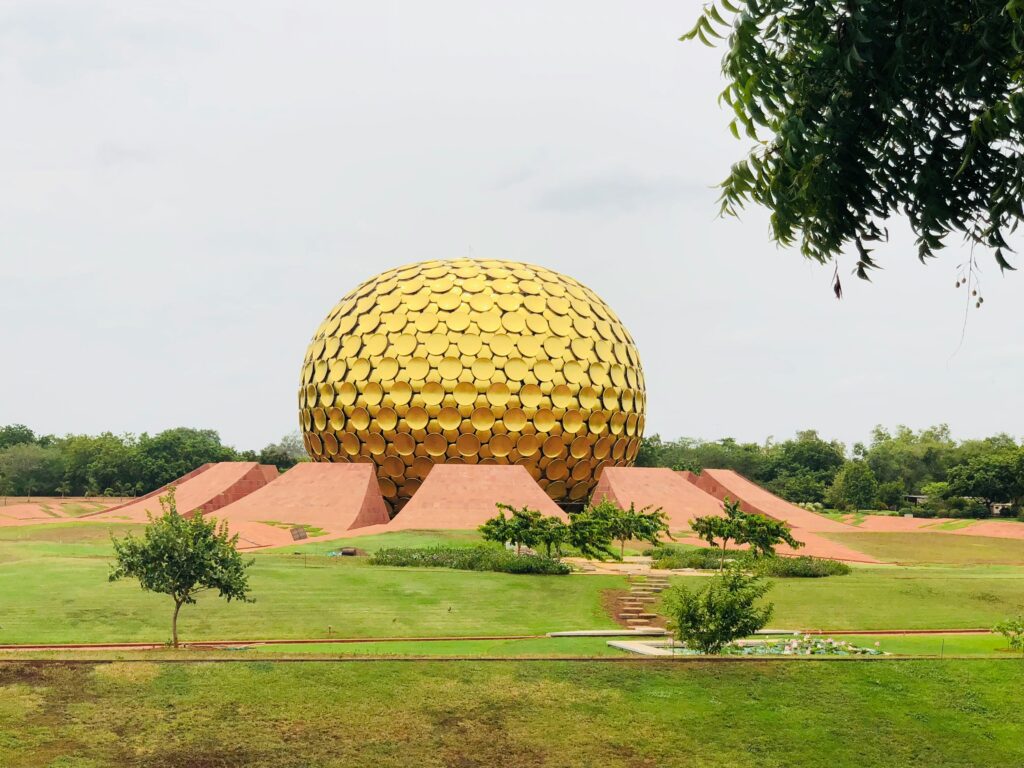
Puducherry, also known as Pondicherry, is a charming coastal town located on the southeastern coast of India. Renowned for its French colonial heritage, serene beaches, and spiritual ambiance, Puducherry offers a unique blend of culture, history, and tranquility.
History of Formation:
Puducherry’s origins can be traced back to the 2nd century BCE, when it was a bustling port town known as Arikamedu. However, the city we know today owes its distinct character to French colonial ambitions. In the 17th century, the French East India Company established a trading post here, which gradually grew into a prominent colonial settlement. French rule lasted for over 200 years, leaving an indelible mark on the city’s architecture, culture, and cuisine. Pondicherry remained a prominent French colony until it merged with independent India in 1954. Puducherry was incorporated as a union territory in 1963, retaining its unique blend of French heritage and Indian identity.
Capital: Puducherry
The capital of Puducherry is the city of Puducherry itself. This picturesque city is characterized by its charming French Quarter, with colonial-era buildings, tree-lined boulevards, and vibrant cafes that exude a quaint European ambiance.
Language:
The official languages of Puducherry are Tamil, which is widely spoken by the local population, and French, which retains a significant presence due to its colonial history. English is also commonly used for administrative and business purposes, reflecting the cosmopolitan nature of the Union Territory.
Ethnicity:
Puducherry is home to a diverse population comprising Tamil-speaking locals, as well as people of French and other Indian origins. The blend of cultures and ethnicities contributes to the cultural vibrancy and harmonious coexistence seen in Puducherry’s social fabric.
Interesting Facts About Puducherry:
1. Auroville Matrimandir: Within the Auroville Township near Puducherry lies the iconic Matrimandir, a spherical golden structure known as the “soul of Auroville.” It is a place for silent meditation and inner reflection, surrounded by tranquil gardens and symbolic architecture.
2. French Institute of Pondicherry (IFP): Puducherry is home to the prestigious French Institute of Pondicherry (IFP), a renowned research center focusing on interdisciplinary studies related to South and Southeast Asia. The institute conducts research in areas such as archaeology, history, ecology, and linguistics.
3. Puducherry Botanical Garden: The Puducherry Botanical Garden, established in 1826, is one of the oldest botanical gardens in India. It houses a diverse collection of exotic plants, rare trees, and vibrant flowers, making it a paradise for nature enthusiasts and botanists.
4. Thiruvalluvar Statue: Puducherry is home to a towering statue of the renowned Tamil poet and philosopher Thiruvalluvar, standing at a height of 133 feet. The statue is located atop a rocky outcrop overlooking the sea, symbolizing wisdom and cultural heritage.
7. Ladakh: Land of High Altitudes and Cultural Treasures
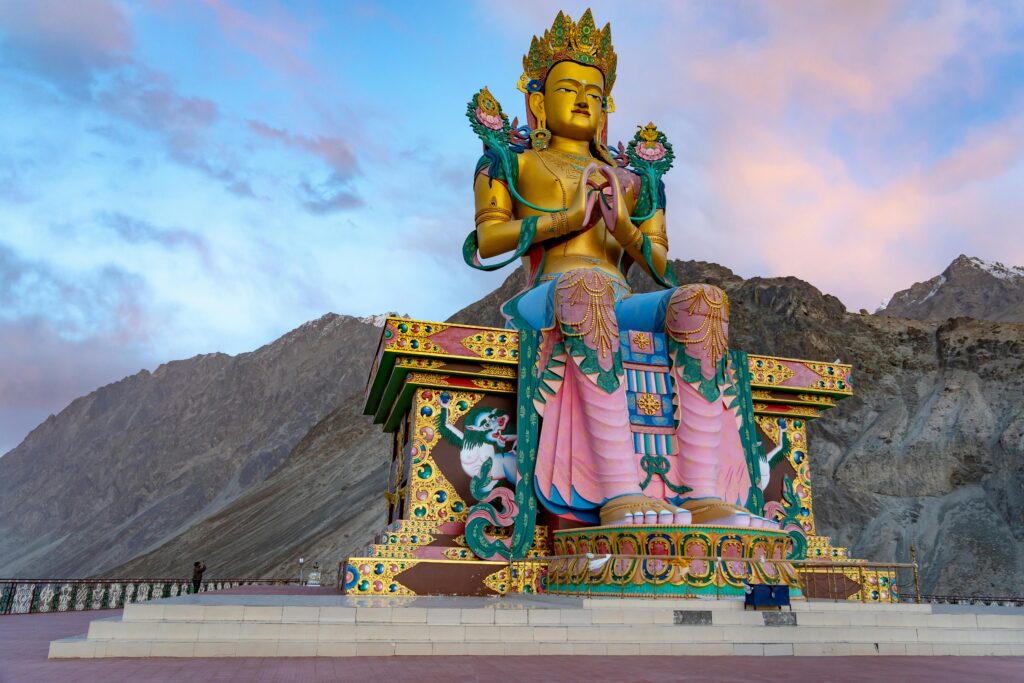
Ladakh, a captivating region nestled amidst the majestic Himalayas, beckons with its breathtaking landscapes, ancient monasteries, and unique culture. Often referred to as the “Land of High Passes,” Ladakh’s history is as rich as its scenery. Let’s delve into the heart of this extraordinary region, exploring its geological formation, administrative center, linguistic symphony, and the fascinating people who call it home.
History of Formation:
Ladakh’s dramatic landscape owes its existence to the powerful forces of nature. Millions of years ago, the collision of the Indian tectonic plate with the Eurasian plate resulted in a colossal upliftment, pushing the Himalayas skyward. This geological drama sculpted Ladakh’s towering peaks, deep valleys carved by glaciers, and the vast expanse of the Tibetan Plateau. Ladakh’s human history dates back to ancient times, with influences from Tibetan, Indian, and Central Asian cultures shaping its identity. It became part of the Indian union as a Union Territory in 2019, following the bifurcation of the state of Jammu and Kashmir into two separate entities.
Capital City: Leh
Leh, a vibrant town nestled at an altitude of over 3,500 meters, serves as the capital of Ladakh. Its strategic location on ancient trade routes has fostered a rich cultural tapestry. Leh boasts the imposing Leh Palace, a former royal residence that now houses a museum showcasing Ladakh’s artistic heritage. Monasteries perched atop hills, bustling bazaars filled with local crafts, and the warm hospitality of its people make Leh a captivating introduction to Ladakhi life.
Language:
The linguistic landscape of Ladakh reflects its historical and cultural connections. Bodhi, a dialect closely related to Tibetan, is widely spoken in Ladakh. Hindi and English are commonly understood and used for official and business communication. Additionally, a sprinkling of local dialects like Balti and Changpa enriches the linguistic tapestry, offering a glimpse into the region’s diverse ethnicities.
Ethnicity:
Ladakh is home to a diverse ethnic mix, with Ladakhis comprising the majority of the population. Other ethnic groups include Tibetans, Baltis, and Muslims of Central Asian descent. This ethnic diversity contributes to Ladakh’s vibrant cultural tapestry, reflected in its festivals, art, and cuisine.
Interesting Facts About Ladakh:
1. Magnetic Hill: Ladakh is home to the famous Magnetic Hill, where the optical illusion of a downhill slope creates the perception that vehicles roll uphill, defying gravity.
2. High-Altitude Lakes: Ladakh boasts stunning high-altitude lakes like Pangong Tso, Tso Moriri, and Tso Kar, known for their surreal beauty and crystal-clear waters set against the backdrop of snow-capped mountains.
3. Buddhist Monasteries: Ladakh is dotted with ancient Buddhist monasteries, including Hemis, Thiksey, and Diskit Monastery, offering spiritual solace and architectural marvels amidst serene landscapes.
4. Chadar Trek: The Chadar Trek on the frozen Zanskar River during winter is a thrilling adventure for trekkers, providing a unique experience of walking on ice and witnessing the winter beauty of Ladakh.
8. Jammu and Kashmir: A Land of Enchanting Contrasts
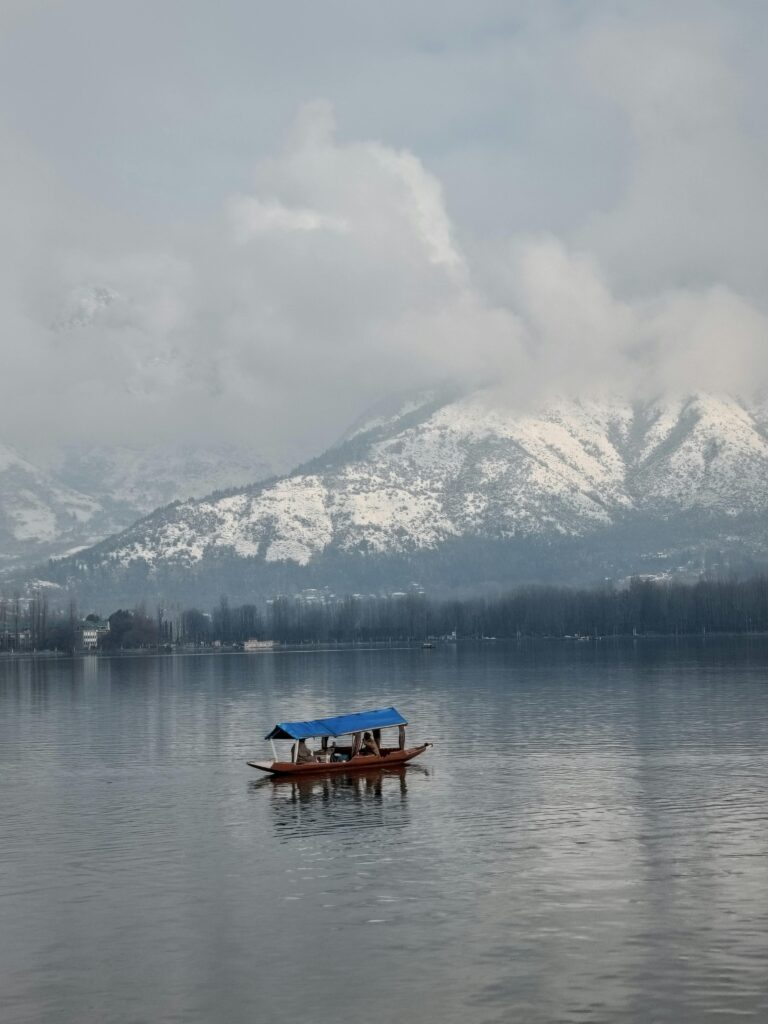
Jammu and Kashmir, a crown jewel nestled in the majestic Himalayas, boasts a captivating blend of snow-capped peaks, verdant valleys, and ancient cultures. This region, a crucible of history, has witnessed the rise and fall of empires, the flourishing of art and spirituality, and the forging of a unique identity.
History of Formation:
Jammu and Kashmir has a complex history dating back centuries, with influences from various dynasties, empires, and cultures. It became a princely state under the British Raj and acceded to India in 1947, leading to territorial conflicts and the eventual formation of the Union Territory of Jammu and Kashmir and Ladakh in 2019.
Capital: Srinagar (summer), Jammu (winter)
The summer capital of Jammu and Kashmir is Srinagar, renowned for its picturesque Dal Lake, Mughal gardens, and houseboats. The winter capital is Jammu, a bustling city known for its temples, markets, and cultural heritage.
Language:
The linguistic landscape of Jammu and Kashmir reflects its diverse cultural tapestry. Kashmiri, a language with Indo-Iranian roots, is widely spoken in the Kashmir Valley. In Jammu, Hindi and Dogri, a Western Pahari language, dominate. Urdu, a legacy of Mughal rule, also finds a place in the linguistic mix. This symphony of tongues, each with its own history and nuances, adds to the richness of Jammu and Kashmir’s cultural identity.
Ethnicity:
Kashmiris, with their distinct cultural traditions and predominantly Muslim faith, form the majority population in the valley. Jammu boasts a diverse mix of Hindus, Muslims, and Sikhs, reflecting its historical role as a crossroads of trade and pilgrimage. Several nomadic communities like the Gujjars and Bakerwals also call Jammu and Kashmir home, adding another layer to the region’s ethnic mosaic.
Interesting Facts about Jammu and Kashmir:
1. Floating Vegetable Market: In Srinagar’s Dal Lake, there is a unique floating vegetable market where local farmers sell fresh produce from their boats, creating a vibrant and bustling scene on the water.
2. Vaishno Devi Shrine: The Vaishno Devi Temple, located in the Trikuta Mountains near Jammu, is one of the most revered Hindu pilgrimage sites in India, attracting millions of devotees each year.
3. Gulmarg Gondola: Gulmarg boasts the highest operating cable car or gondola in the world, offering breathtaking views of the snow-capped peaks and lush meadows during the ride.
4. Pashmina Shawls: Jammu and Kashmir are famous for producing exquisite Pashmina shawls, known for their softness, warmth, and intricate embroidery, making them highly sought-after luxury items worldwide.
To Expand your knowledge about the States of India- CLICK HERE
Conclusion:
As we conclude our exploration to learn about India’s Union Territories,” we are filled with a deeper understanding and appreciation for the diverse landscapes and rich heritage of these regions. From the bustling urban centers to the tranquil retreats, each Union Territory adds its distinct flavor to India’s cultural mosaic. Let us continue to explore, learn, and cherish the remarkable diversity that defines India’s Union Territories.

